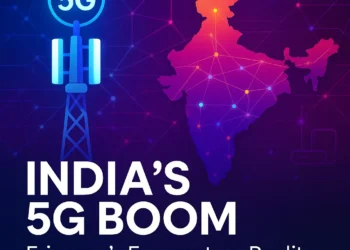Investments are crucial for the growth of the Indian telecom sector. One way of triggering investments is by laying out policies which optimize cost. One such policy is to promote the sharing of infrastructure. As it increases the efficiency of asset utilization. The benefits are clearly evident from the current practice of tower sharing. It has significantly helped grow the telecom industry. Unfortunately, “infrastructure sharing” did not expand beyond this. Why? Reason – the current AGR system (collecting license fees as a percentage of revenue) not only neutralizes all cost benefits of “infrastructure sharing” but also imposes additional costs by charging license fees on the same revenue multiple times. The tower companies are immune from this impact, as they do not need any license to operate, and therefore, pay no license fees. Now how do we manage the current AGR system so that it does not become a bottleneck to the operator’s ability to share infrastructure? That is the purpose of this note.
How AGR works?
In order for us to arrive at some solution, we first need to understand how the current AGR based licensing system works. It aggregates all revenues of the operator (emanating from various sources – customer, business, asset sale etc) to calculate “gross revenue”. Then only a small portion of revenue (emanating directly from customer collected on behalf of the partner operator – IUC, roaming charges etc) is allowed to be subtracted from the “gross revenue” to arrive at “adjusted gross revenue”. The license fee is then calculated as a percentage of the AGR. Nothing else (cost, income etc) is allowed deductions for the purpose of calculating license fees. That is why when the operators share infrastructure (other than passive) then end up paying license fee multiple times on the same revenue, thereby making “infrastructure sharing” totally infeasible.






